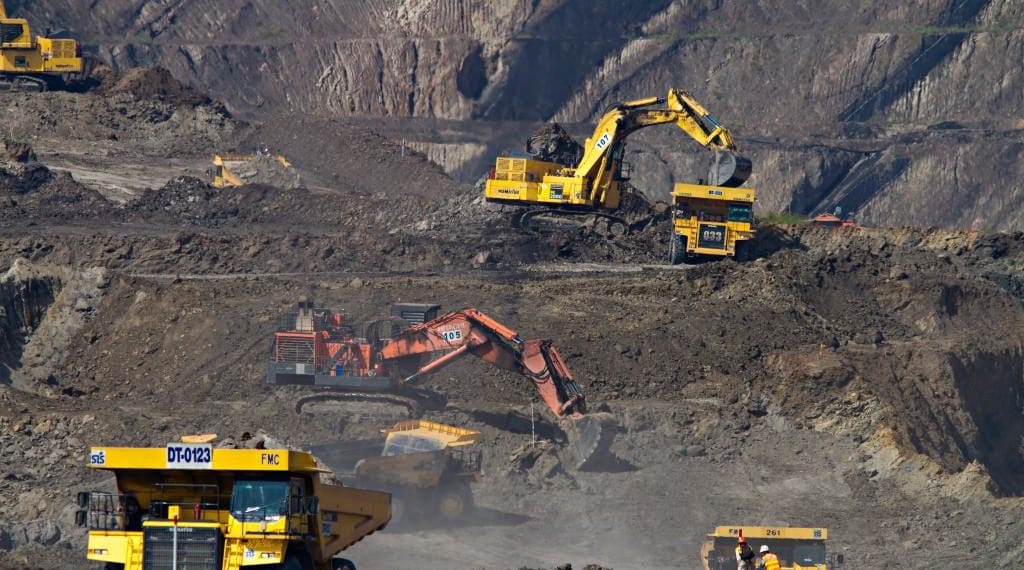UK Minister for Africa, Vicky Ford has said that plans are underway for Britain’s Moxico Resources to invest $100 million in its majority-owned Mimbula copper mine in Zambia, aimed at expanding its portfolio in the country.
The investment is intended to yield some benefits to Zambia in terms of creating new jobs and increased tax revenues for the government, Ford said in a statement released by the British High Commission in Zambia.
The Minister was visiting Zambia for the launch of UK’s new investment model to finance private sector growth and infrastructure across Africa.
“We are committed to supporting countries grow their own economies, bolster private sector investment and trade, and deliver the returns that will support wider socio-economic development.”
Vicky Ford
The Mimbula Copper Project is located in Zambia’s copper belt on the outskirts of Chingola town, more than 400 km north-west of Lusaka. The copper-rich deposit is located on a large-scale mining license held by Moxico Resources through its Zambian subsidiary, Mimbula minerals Ltd.

Moxico holds an 85 per cent ownership in the license holding company and 15 per cent is held by Moxico’s Zambian partners. The mining license to Moxico was granted in 2017, expected to remain valid until 25 years.
At least, this new investment will serve as a facelift for the country’s copper industry, which slipped in production to 800,696 tonnes in 2021, from 837,996 tonnes in 2020, representing a 4.5 per cent decline.
The Zambian Chamber of Mines attributed the decline in output to operational challenges arising from a lack of recapitalization as a result of an unattractive mining tax regime.
Risks of Resource Nationalism Remain Elevated
In the previous year, Fitch Solutions raised some red flags regarding Zambia’s copper industry, which it said would deter investment into the sector and see production slowdown from 2022. As reflected in the year-end 2021 production results, Fitch noted that resource nationalism will play a key deterrent for investment into Zambia’s copper sector in 2022.
For instance, conditions of resource nationalism surfaced in the Zambian government’s decision to prevent Glencore from placing its mines under care and maintenance in July 2020. As far back as 2019, the Zambian government saw to the liquidation of Konkola Copper Mine, a subsidiary of Vendata Resources, for failure to pay taxes.
In March 2021, Glencore completed divesting its 73 per cent in Mopani Copper mines, one of Zambia’s largest copper mines, to state-controlled ZCCM Investment Holdings. This impaired the reputational damage of Zambia, as it lost a major mining company as an investor.
In November 2020, Zambia became the first African country to default on its debt in light of the Covid-19 pandemic. As a result, the country’s mining tax regulations have remained stringent to provide the country financial relief.
Furthermore, this has prevented both its government and international investors from fully benefiting from the extraction of copper. The country’s taxes in its mining sector had already increased in January 2019 with the introduction of its new mining tax regime.
Therefore, the attribution of the fall in the production of copper to the unattractiveness of the mining tax regime, comes as no surprise. If nothing is done about this problem, the country may still see production fall again this year.
Meanwhile, copper prices are on the rise as a result of supply chain disruptions impacted by the Russia-Ukraine war. Copper prices are forecast to sell at $9,500 from $8,500 for 2022, according to Fitch Ratings commodity price assumption.
READ ALSO: Agriculture is the ‘New Gold’- Adedolapo Alabi to Ghanaian Youth




















